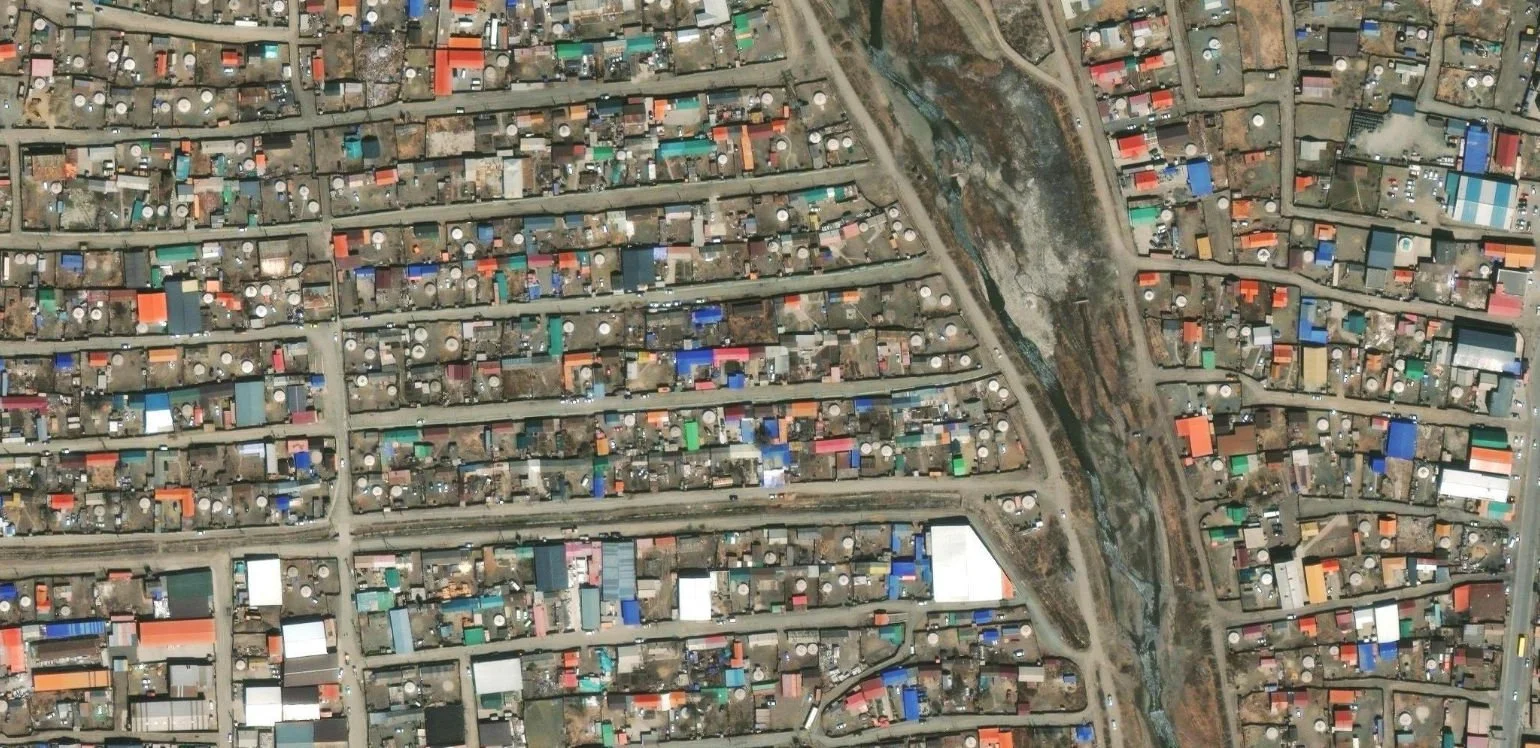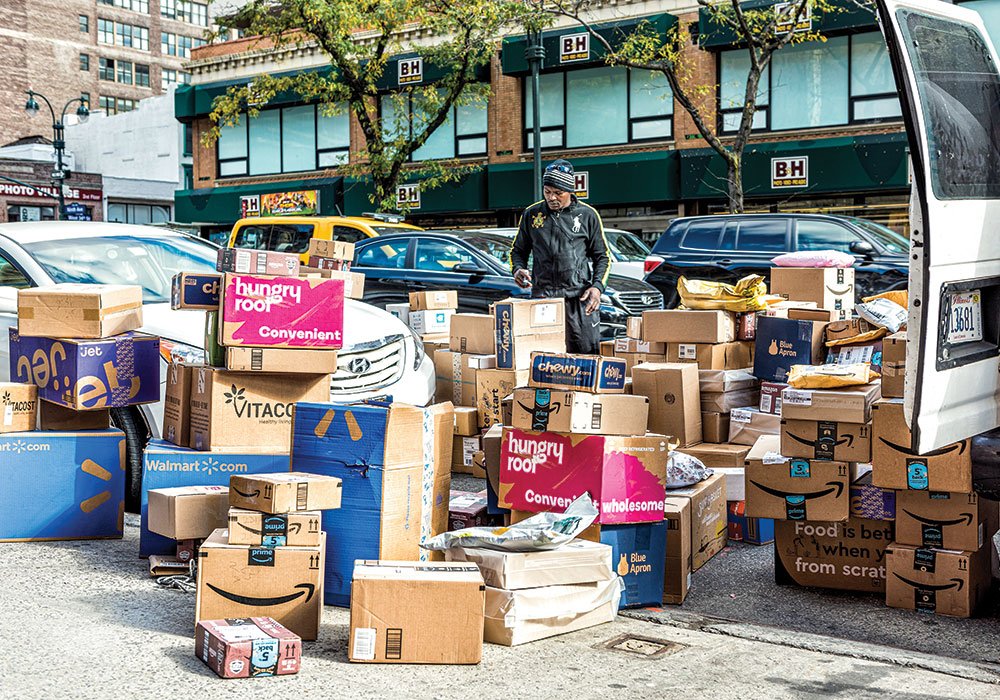The domination of Amazon has the potential to transform the spatial structure of cities; therefore, the global transition from the traditional “brick-and-mortar” business model to the Internet era “click-and-mortar” business model poses great threats to local marketplaces as well as some of the world’s biggest retailers. While cumulative effects of e-commerce remain unknown, developing proactive planning initiatives to address possible benefits and concerns is advised when planning for a future sustainable transportation system.
Viewing entries tagged
transportation
This memo-style essay assesses the seasonal closure of Main Street in downtown Ann Arbor, MI through the lens of Jane Jacobs’ criteria for a vibrant urban space. Public feedback and photos were collected to aid in the analysis in the viability of formalizing and making permanent the pedestrian-only area. The main strengths of the temporarily closed streets are increased foot traffic and diversity of uses which contribute to safety and a great place to raise a family. However, while the area is heavily utilized in the summer and fall, its hasty and temporary designation means that the area is not accessible to all. Inaccessibility and lack of residential space are the main weaknesses of the current plaza and should be addressed if it is turned into a permanent installation.
The domination of Amazon has the potential to transform the spatial structure of cities; therefore, the global transition from the traditional “brick-and-mortar” business model to the Internet era “click-and-mortar” business model poses great threats to local marketplaces as well as some of the world’s biggest retailers. While cumulative effects of e-commerce remain unknown, developing proactive planning initiatives to address possible benefits and concerns is advised when planning for a future sustainable transportation system.
In Kampala, Uganda motorcycle-taxis - known locally as boda bodas - rule the streets. With the arrival of COVID-19, however, it’s been quite difficult to convince anyone that they won’t contract COVID-19 from a shared helmet, as they breathe on the same visor as the last passenger, compromising the safety of passengers using the service.
Autonomous vehicle technology is exciting, cutting edge, potentially life-altering, and ultimately terrifying. My fear doesn’t come from the typical “oh no, robots are taking over” attitude, though. Instead, I see a lot of parallels between our current excitement about autonomous vehicles and past urban planning decisions fueled by progress for the sake of progress that had staggering and unforeseen implications.





